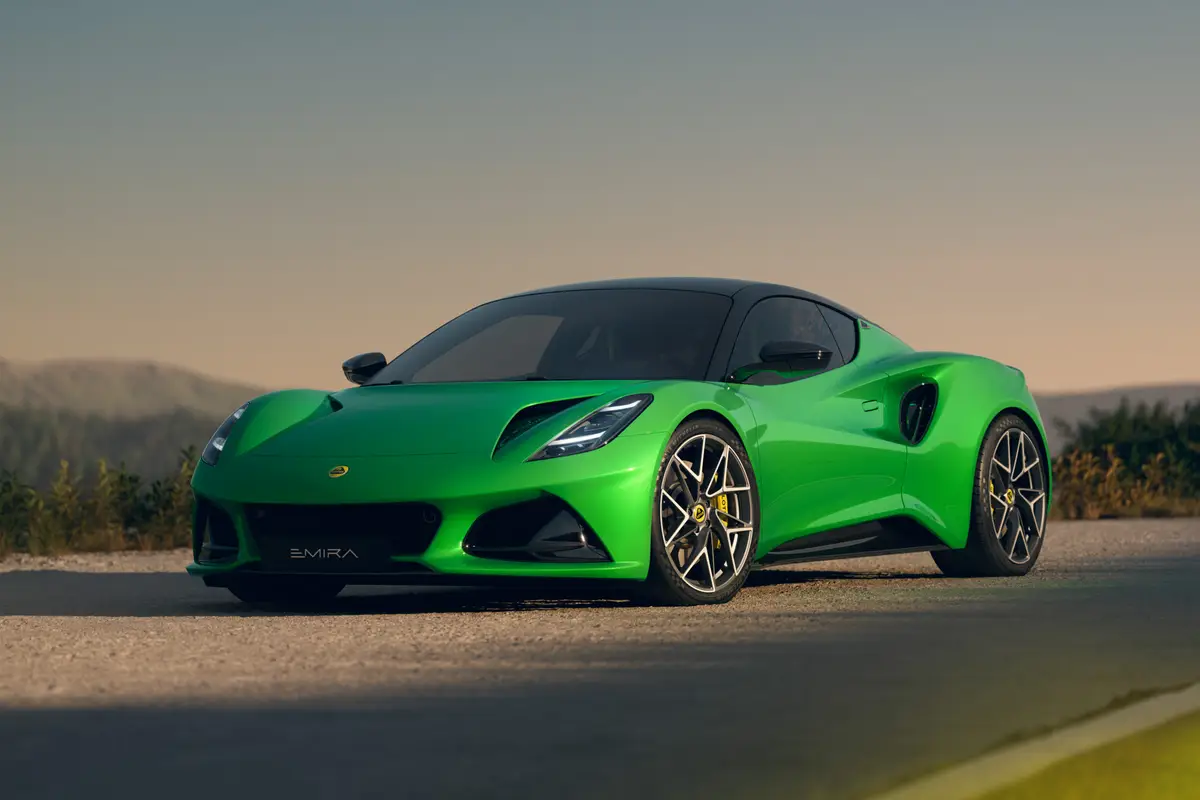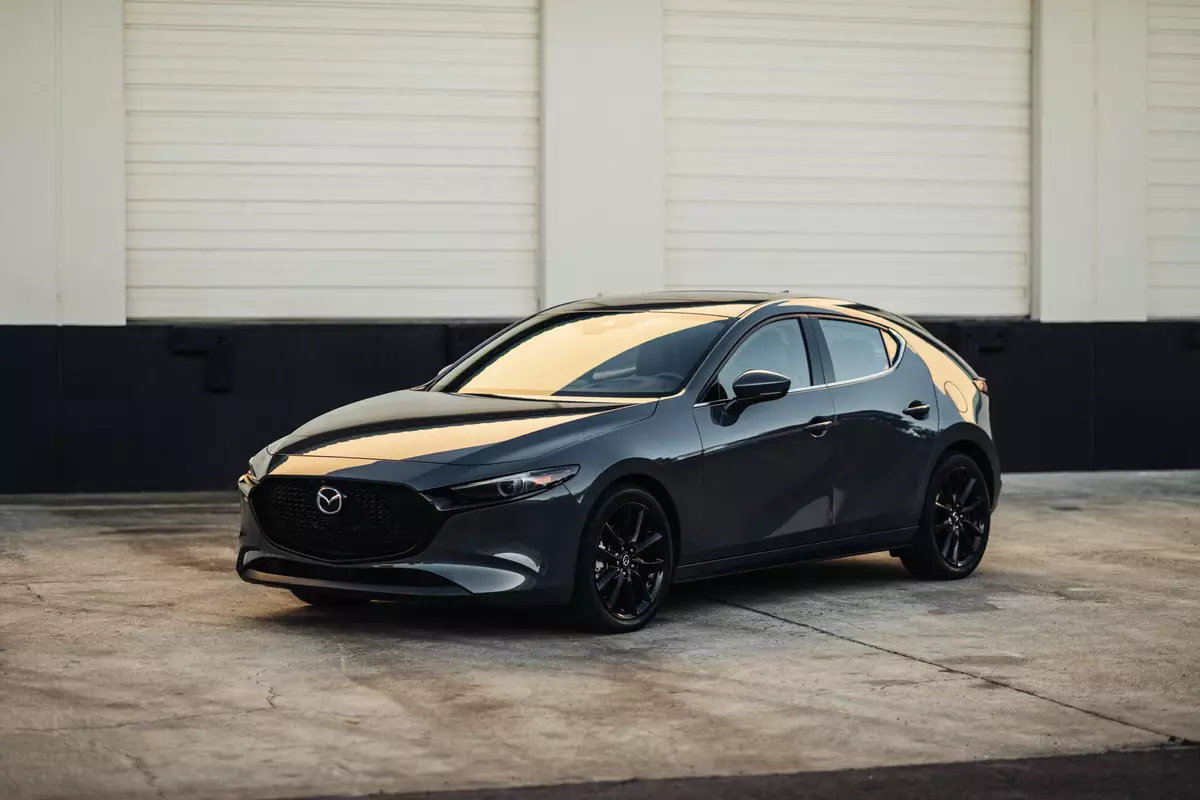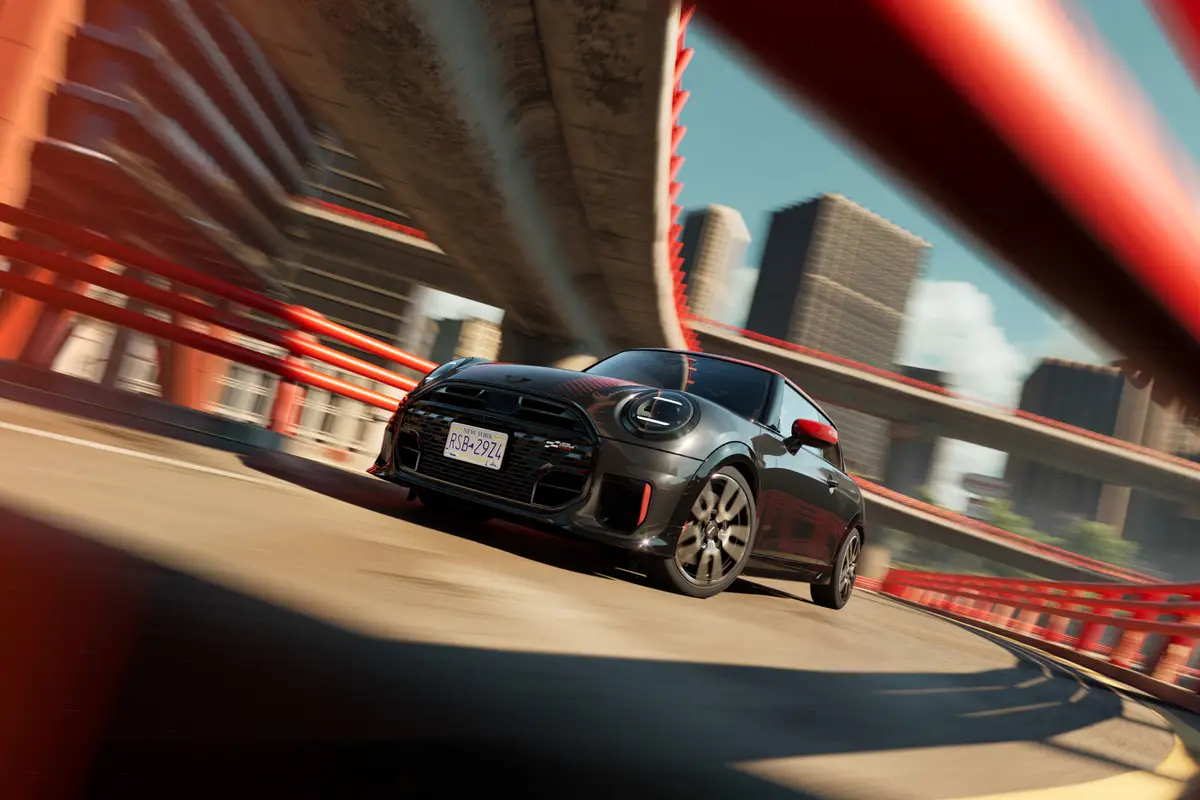chicagotribune.com's view
Power brakes, power steering, automatic transmission. Each took somegetting used to. The same holds true for the continuously variabletransmission, or CVT.
CVT is a cross between automatic and manual transmission. Subaru is thefirst automaker to market the unit in the U.S. in its mini Justy.
In any of today`s cars equipped with automatic transmission, when youpull up to a stop light you need to keep your foot on the brake to prevent thetypical “creep“ or “crawl“ movement forward.
With CVT, you pull up to a stoplight and take your foot off the brake.The car just sits there. No creep, no crawl.
Subaru offers the CVT as an option in its mini 1989 Justy after havingtested it for the last two years in cars sold in Japan. Subaru adds electroniccontrol to the system and therefore an ECVT billing.
The boast is that with ECVT you have the advantages of automatic andmanual transmission in one unit. Like automatic, the transmission shifts onits own; there`s no clutch to fool with. Like manual, acceleration is quickand mileage high.
The EPA rating with ECVT is 34 miles per gallon city driving, same aswith 5-speed manual.
How does it work? In laymen`s terms: It`s a miracle.
In technical terms a CVT transmission uses a pair of adjustable pulleysand a segmented metal drive belt to deliver engine power to the drive wheels. Because the pulleys are adjustable, the CVT automatically and constantlyadjusts its gear ratios to match engine revolutions and load to vehicle speed. Computer-controlled hydraulics vary the pulley diameters to achieve acontinuous range of speed ratios between the engine and drive wheels. Themetal belt, a row of about 300 links guided by a multilayer metal loop,transfers power from one pulley to the other.
Because ratio changes are continuous, yet gradual and smooth, you getlittle interruption in power flow. That`s one reason you accelerate as ifusing a 5-speed manual transmission. In simple terms, you tell thetransmission what to do by depressing the accelerator and it takes over fromthere.
With such a wide spread of gear ratios, CVT offers a lower first gear and a higher overdrive ratio and performs as as well as a 5-speed manual.
There are some drawbacks, however. The metal belt or steel pulley givesoff a whining noise. The sound is similar to the noise jet engines make whenidling just before the pilot gives the plane full throttle for takeoff. A low pitched whine, but a continuous one nonetheless.
And while we found acceleration very smooth, we experienced some lurching when coming to a stop.
Between the time the brake was applied and the car rolled to a halt there sometimes was a slight jolt or two as if the ECVT had briefly been caughtnapping and had to hurry to schuffle through all the gears to find idle.
Subaru isn`t the only automaker with CVT. Ford and Fiat have CVT carsrunning in Europe.
E ventually, it will become more widespread. As it does, it will requirechanges in normal driving habits, such as remembering to keep the foot off thebrake at a stop light and the foot off the accelerator while idling on a hill. If you use the accelerator to keep the car from rolling backward on ahill, you find CVT has gotten the message to move and starts to roll forward. For those who desire quicker off-the-light acceleration but the advantage of not having to manually move through 5 gears, the Subaru Justy ECVT is agood alternative.
For those who want a little commuter car that holds two adults and a fewkids, plus the groceries, the Justy is a wise alternative. People have gotten so wrapped up in the Hyundai Excel phenomenon, they`ve forgotten the neatlittle Justy.
For `89 Justy is 6 inches longer and 1 inch taller and sports some newsheet metal. Built on a 90-inch wheelbase and 145.5 inches long, it weighsabout 1,900 pounds.
The 1.2-liter, 3-cy linder, 9-valve engine is peppy enough despite beingcarbureted rather than fuel-injected, though much of the credit, of course,goes to the ECVT. You usually don`t find a car this lively still able toobtain 34 m.p.g. in city driving.
One major annoyance is the gear shift lever. You have to put your foot on the brake pedal to shift from park into any gear. No problem. But when moving to drive, the lever on this unit wouldn`t hit and stay in “D.“
Another drawback is that the rear seat in this two-door hatchback isdesigned strictly for kids. Leg room is almost nonexistent and head room is ata premium in back. If you don`t have kids, the rear seat backs fold down toincrease cargo room; they should be left in that position.
The front-wheel-drive Justy GL ECVT we drove comes equipped with rack and pinion steering, maintenance-free battery, adjustable reclining front bucketseats, trip meter, side window defogger, tinted glass, intermittent wipers,rear window washer/wiper, locking fuel filler door, front and rear mud flaps, wheel covers, steel belted all-season radial tires, AM-FM stereo radio withdigital clock, and flip-open side rear windows.
Base price is $7,251. ECVT is a $540 option.
Latest news



